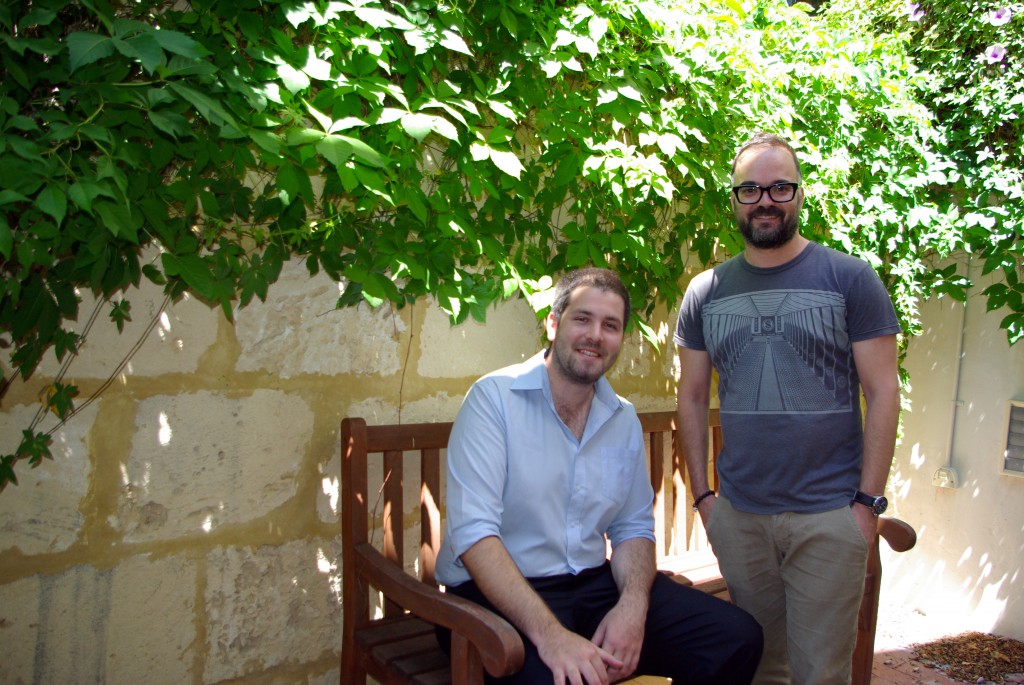
Observers were too optimistic about the power of social media following Iran’s disputed presidential election in 2009, a research collaboration at Notre Dame Australia’s Fremantle Campus has found.
Honours student, Jarrad Goold, collaborated with Senior Lecturer in Politics and International Relations and his honours supervisor, Dr Daniel Baldino, on the research paper titled – Iran and the Emergence of Information Communication Technology: The Evolution of Revolution?
The paper focused on four forms of social media – blogs, YouTube, Twitter and Facebook – and how they were used by protesters as a de facto voice in the aftermath of the election.
It also highlighted the capacity of governments and political parties in countries with limited freedom of press to use social media to promote their own doctrine while tracking and silencing dissidents.
According to a report published by the RAND Corporation, more than two million Tweets with the hash tag #IranElection were posted by protesters and other social media users.
Mr Goold said that while social media could be an influential commentary tool, a vast majority of Tweets were sent from outside Iran, providing little assistance to the few protesters inside the country who were using Twitter.
What started out as an honours thesis for Mr Goold evolved into a more comprehensive research paper which is set to be published in the Australian Journal of International Affairs in coming months.
“My research investigated the claim that social media empowered the oppressed to overthrow authoritarian regimes. This claim was reflected largely through the western media, which stated Iran was being democratised thanks to a ‘Twitter revolution’,” Mr Goold said.
“However, what the research showed was that this wave of cyber optimism was misplaced, because the regime had exactly the same access to social media as the protestors … The Iranian Government can just as effectively use this technology because they have the resources to be able to monitor those mediums on a broad scale and effectively use them to track protestors, censor information and proliferate their own propaganda.”
Mr Goold said the Iranian Government was technologically sophisticated and able to censor and track protestors via social media.
“Iran has historically embraced technology. One of the principles of the 1979 revolution was to find the nexus between Islam and technology,” Mr Goold said.
“Even so, it was surprising to find out how effectively the Iranian regime has been able to construct a centralised censorship network and use this to oppress protestors and further their own ends.”